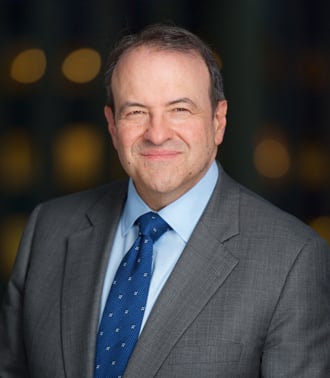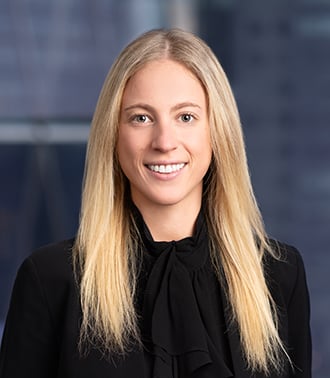“Everything Everywhere All at Once”: The Public Disclosure Bar in Parallel Civil and Criminal Proceedings
In an interesting recent decision, U.S. ex. rel. Schnupp v. Blair Pharmacy, a Maryland district court grappled with the application of the False Claims Act’s (FCA) public disclosure bar in the context of a parallel criminal case and related civil litigation.
On August 15, 2017, relator and pharmacist, Timothy Schnupp, filed a qui tam action against his former employer, Blair Pharmacy, Inc. and its owner, Matthew Blair (collectively “Blair”), for knowingly submitting false claims to Medicare and TRICARE, identifying four schemes: “billing for medication that was not provided” (Scheme 1); “substituting a less expensive drug for a more expensive drug” (Scheme 2); “overcharging for certain medications” (Scheme 3); and “utilizing prepaid ‘burner’ credit cards to pay patients copays” (Scheme 4). In May 2022, following Mr. Blair’s guilty plea in a related criminal case, Schnupp amended his complaint to include an additional scheme (Scheme 5) — namely, that Blair paid kickbacks to a sales company, Atlas Group.
After the United States declined to intervene, the parties filed dueling motions for summary judgment — Schnupp with respect to Scheme 5 and Blair with respect to all five schemes. Blair argued that Schnupp’s claims were foreclosed by the public disclosure bar because Schnupp relied on (1) a civil complaint that Atlas had filed against Blair two years before Schnupp brought suit; (2) evidence that the government had gathered during its investigation; and (3) the Superseding Indictment that the government filed against Mr. Blair in March 2020.
The court concluded that neither the Atlas complaint nor the government investigation qualified as public disclosures because the government was not a party to the Atlas suit and the government’s investigation “was not public.” The court did find, however, that the public disclosure bar applied to Scheme 5 because the government had already “investigated, indicted, and convicted Blair” on a similar set of facts before Schnupp first raised these allegations in his amended complaint.
The district court then turned to whether Schnupp qualified for the public disclosure bar’s “original source” exception. Schnupp argued that his voluntary disclosures prior to the Superseding Indictment — a Disclosure Memorandum at the time of his suit and his government interviews — qualified him as an original source. Because both prongs of the original source exception require that the relator’s disclosures be made “voluntarily,” the court focused on this aspect of Schnupp’s disclosures.
Consistent with precedent in the Second, Seventh, and Tenth Circuits, the court held that because a Disclosure Memorandum is required by statute, it “cannot be deemed to have been ‘voluntarily’ provided.” By contrast, the court held that the information Schnupp provided during the course of 16 interviews was “voluntarily provided” because even though the government requested the interviews, the interviews were conducted “without a subpoena or the promise of immunity.” The court still found that Schnupp did not qualify as an original source, however, because Schnupp failed to show that “he revealed information [in his interviews] as to Scheme 5 that was not already known to the government.” In granting Blair’s motion for summary judgment on Scheme 5 under the public disclosure bar, the district court concluded that “Schnupp seems to be the type of free-riding relator seeking recovery on a parasitic allegation that Congress has tried to stifle by repeatedly amending the FCA.”
The court proceeded, “[i]n an abundance of caution,” to examine Schnupp’s other argument with respect to Scheme 5 — that Mr. Blair was estopped from denying liability for Scheme 5 under the FCA because of his guilty plea. Although the court found that Mr. Blair may not relitigate facts that he admitted to in his guilty plea to an AKS violation, it held that Schnupp still must “establish a violation of the FCA,” including causation. On the issue of causation, Blair urged the court to adopt “but for” causation rather than the more lenient “causal link.” Ultimately, the court concluded that it “need not decide which causation standard is appropriate” because Mr. Blair’s plea agreement satisfied both standards. Read our prior Blog post to learn more about the circuit split on causation.
This case illustrates how both timing and voluntariness matter with respect to parallel investigations and whether the public disclosure bar may foreclose some of a relator’s claims. Stay tuned to Qui Notes as we continue to monitor cases that address the public disclosure bar and original source exception.
© Arnold & Porter Kaye Scholer LLP 2025 All Rights Reserved. This Blog post is intended to be a general summary of the law and does not constitute legal advice. You should consult with counsel to determine applicable legal requirements in a specific fact situation.


